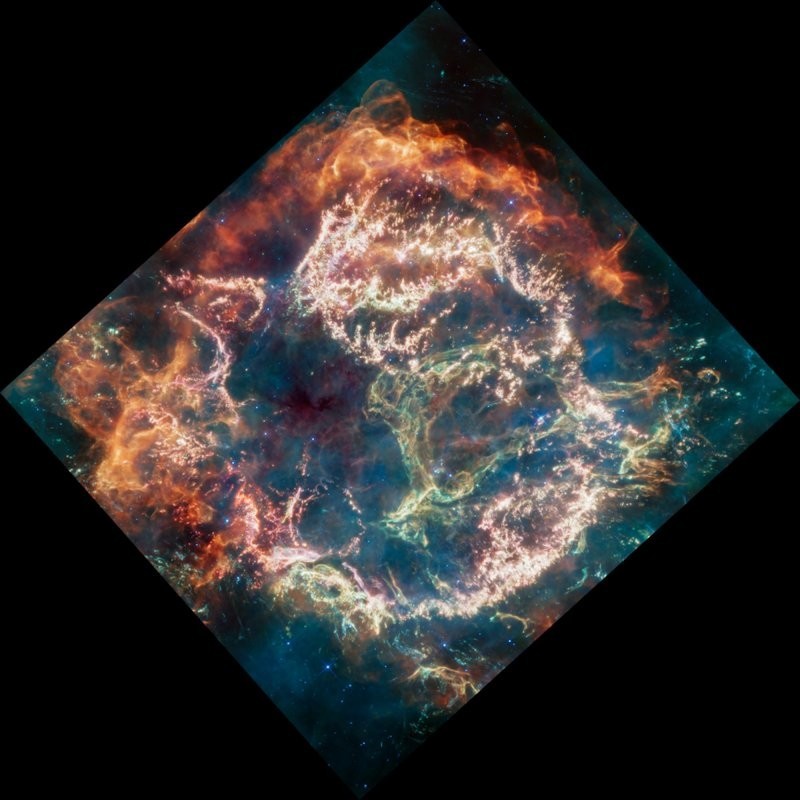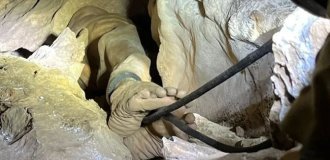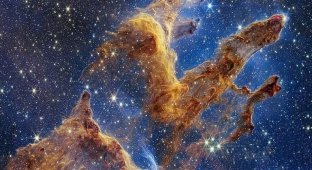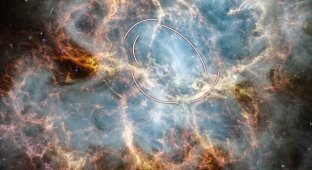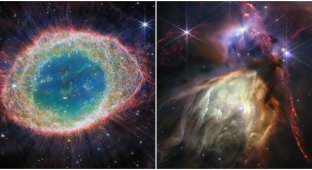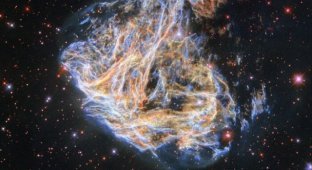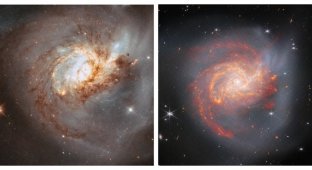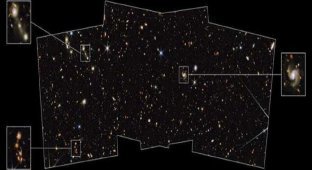The James Webb Telescope took a picture of an exploding star (4 photos)
The James Webb Telescope captured incredibly detailed photos of an exploding supernova. It is located in the constellation Cassiopeia, at a distance of 11 thousand light years from us. NASA experts compared the supernova image with New Year's garlands. 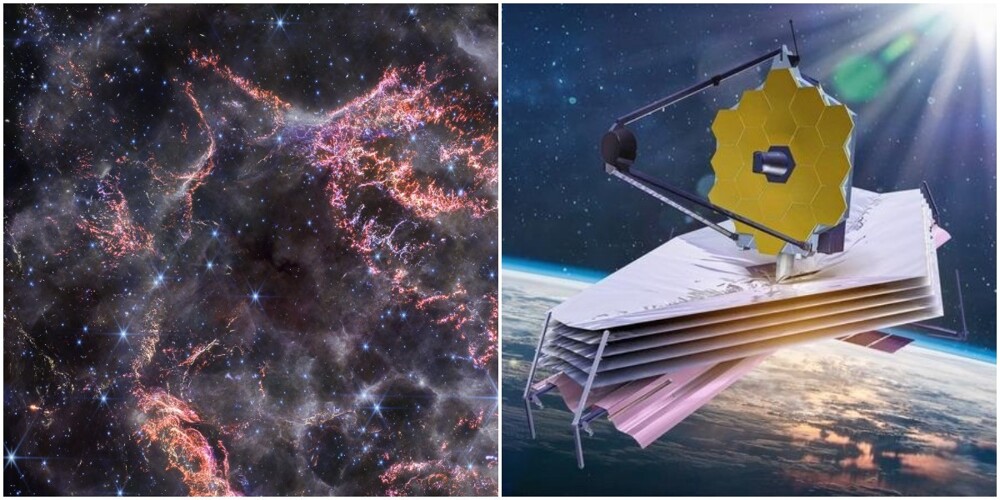
Cassiopeia A (Cas A) is a supernova remnant in the constellation Cassiopeia, which is located 11,000 light years from Earth. The supernova itself exploded about 340 years ago, leaving behind this huge cloud. The James Webb Telescope recently captured a detailed image of the star's remains using NIRCam, a near-infrared camera. The image shows the dust of the star, similar to the smoke of a fire with red and orange hues. The star's shell consists of dust and molecules, which will then become components of new stars and planetary systems. 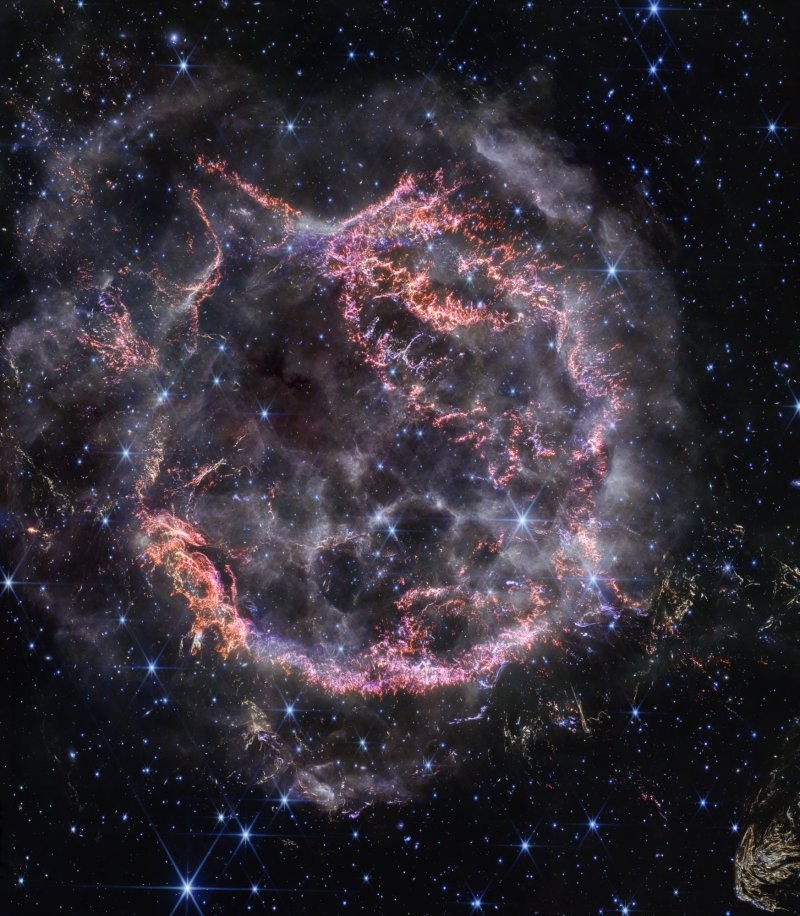
According to NASA experts, the supernova image seems to be charged with the New Year's mood: it conveys the “magic, wonder and joy” of the holiday season. The team also nicknamed Cas A the "Green Monster" because of the green loop that runs along the right side of the star. In addition, the image gives scientists more insight into the supernova:
"It's incredible that after studying Cas A for so many years, we were able to see these details, which give us new insight into how this star exploded. We received the first photographs of Cas A back in April, and then they showed incredible details that we were not able to see." had access earlier," said Thea Temim, a researcher at Princeton University. 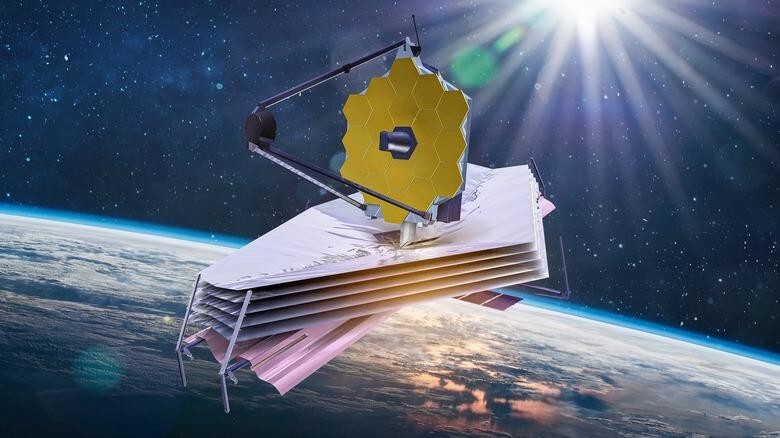
New data from the James Webb Telescope could give scientists information about what kind of dust is produced in a supernova explosion, how it is formed and how much dust remains after traveling through interstellar space. And also, observing the composition of the dust of the Cas A star, according to NASA, can help astronomers understand how planets form. 